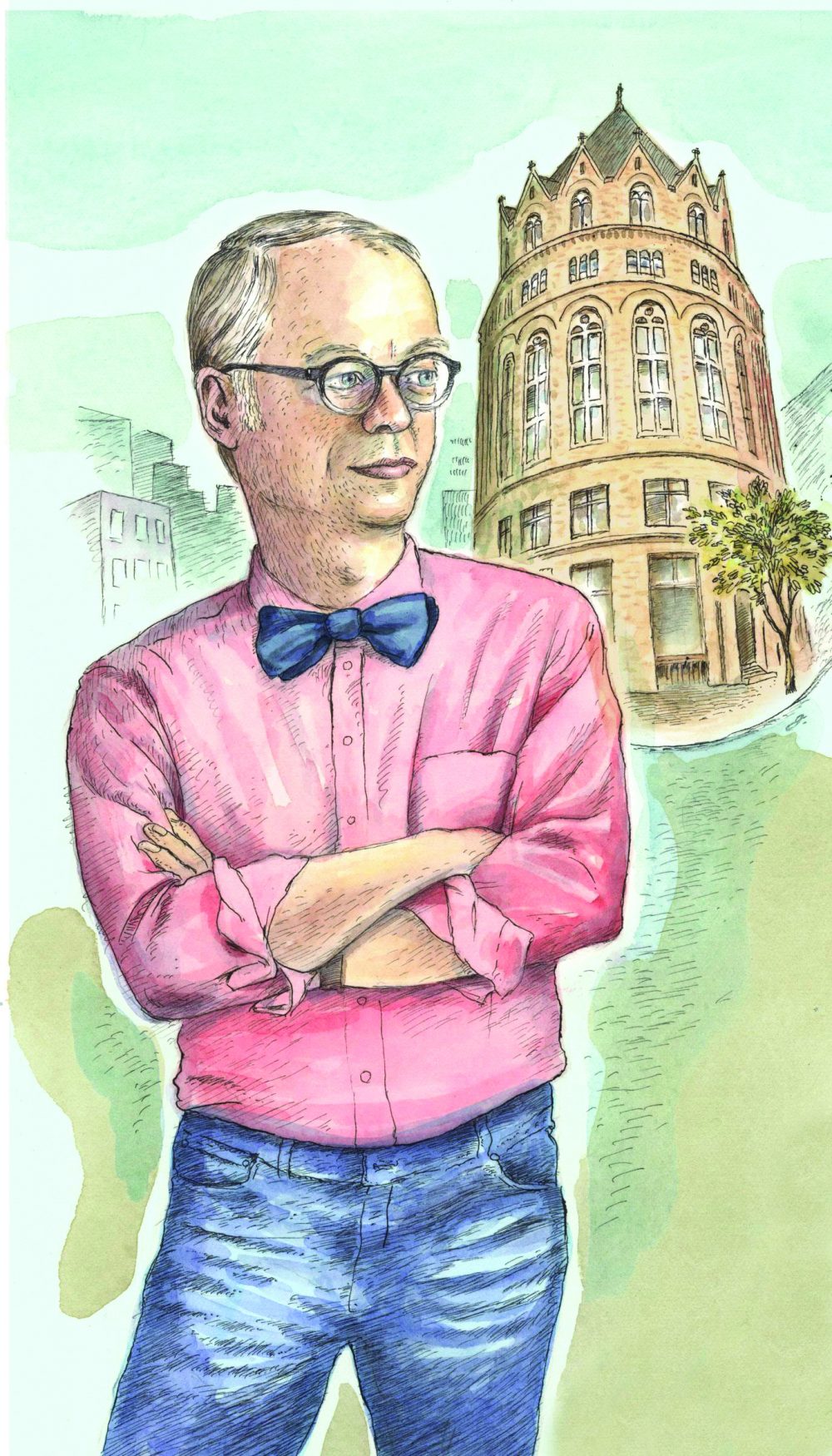Your email address is required to begin the subscription process. We will use it for customer service and other communications from Milk Street. You can unsubscribe from receiving our emails at any time.
Amusing Ourselves to Death
Back to September-October 2022

In Neil Postman’s 1985 book “Amusing Ourselves to Death,” Marshall McLuhan’s notion “the medium is the message” is taken one step further: The media defines how we think, shapes how we process information and ultimately alters our perception of truth.
Postman writes that in the first two centuries of American history, the written word was the vox populi, and as a result, the literacy rate was over 90 percent (for men), a bestselling book sold the equivalent today of over 20 million copies, and people often spoke in a more formal manner.
Food “media,” in the age of the written word, was devoted to household management, simple picture cookbooks, professional cooking methods (such as Marie-Antoine Carême’s “Le Pâtissier Royal Parisien”), food history or, in a more academic vein, writing about food, such as M.F.K. Fisher’s “How to Cook a Wolf.” Food was nutrition, it was profession, and it was something to be studied or thought about in a serious or curious manner.
In the age of television, food became entertainment, either through advertising or the advent of cooking shows—programs that began as cooking classes with Dione Lucas and Julia Child, leading to the debut of the larger-than-life Gordon Ramsay and Guy Fieri and finally to countless cooking competitions.
What Postman could not have foreseen was the rise of social media, which has reduced food further to bite-size nuggets of entertainment. On YouTube and TikTok, food as prop has taken on a whole new meaning with videos the likes of “Will It Jell-O?,” which transforms food—from guacamole to jellyfish, even eyeballs—into gelatin molds that the hosts must consume without hurling. (Note: I recently interviewed the “Will It Jell-O?” creators, Good Mythical Morning’s Rhett McLaughlin and Link Neal, and they are surprisingly thoughtful.)
Before someone argues that the art of food writing has been elevated over recent decades, I would point out that the audience for TikTok is infinitely greater than for Serious Eats. And, yes, there are well-written books about food, but the bestsellers are obsessed with air fryers, bread machines, diets and the food at Disney parks.
So, why does it matter? Am I no more than a culinary killjoy? Postman would have argued that the trivialization of food media changes our relationship to food. Slow food invites us to appreciate how food is produced and prepared, how it binds us together. In Japan, it is tradition to say “Itadakimasu” with folded hands before eating and “Gochisousama” when finished. In America, too often the main question about the food on our plates is whether the lighting and color are optimal for an Instagram post.
Postman argued that deep, rational thought is essential to the functioning of a civil society. I argue that once food is torn away from its deep cultural and physical roots, the act of eating becomes trivial, borne aloft on the winds of an aimless river of entertainment that provides no sustenance, just another unsatisfying mouthful of fast food.
If you do not find my words convincing, let me turn to Jacques Pépin, who writes, “Food is evanescent. You make a dish, you eat it, and it’s gone. It is a short moment in time. What is left are food memories. Yet, these food memories are very powerful and will nourish you through the years.”
Today, our food memories live on in the digital cloud, except that these are not memories, they are merely records of our foolishness. Memories are hard-won, they derive their power from dedication and work, from continuity of passion and steadfast acceptance, from sacrificing momentary pleasure for long-term satisfaction. This is what all the cultures before us have had to learn or be swallowed up by the triviality of our desires.
Pull up a chair at the table, put down your phone, fold your hands and say, Itadakimasu. Being grateful for our bounty is an old idea but a good one.

